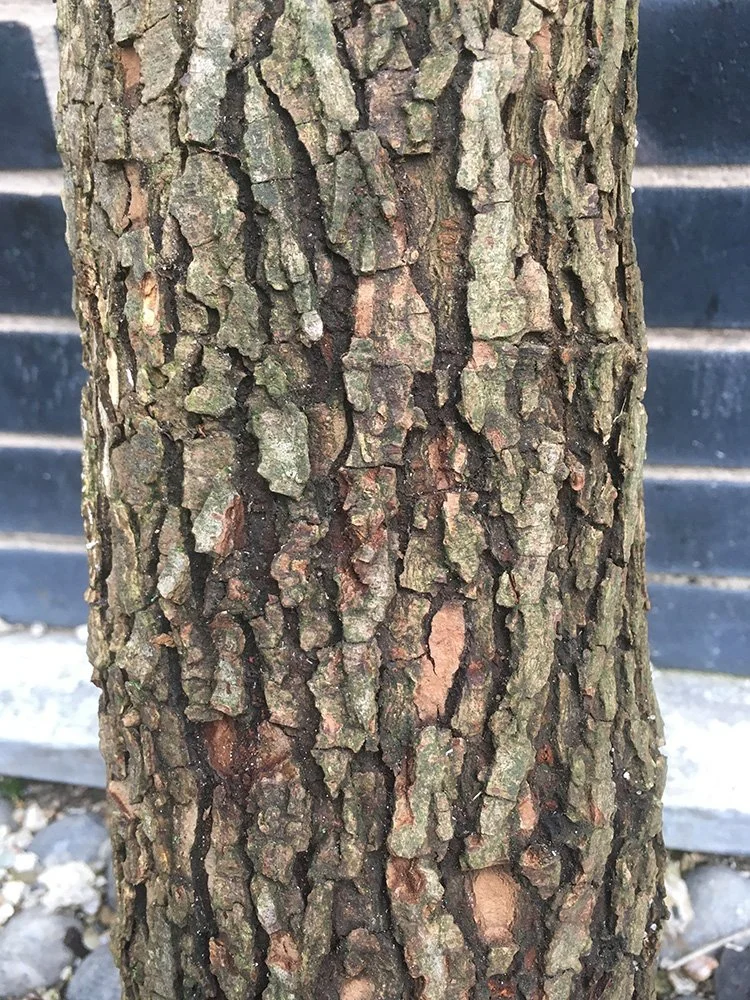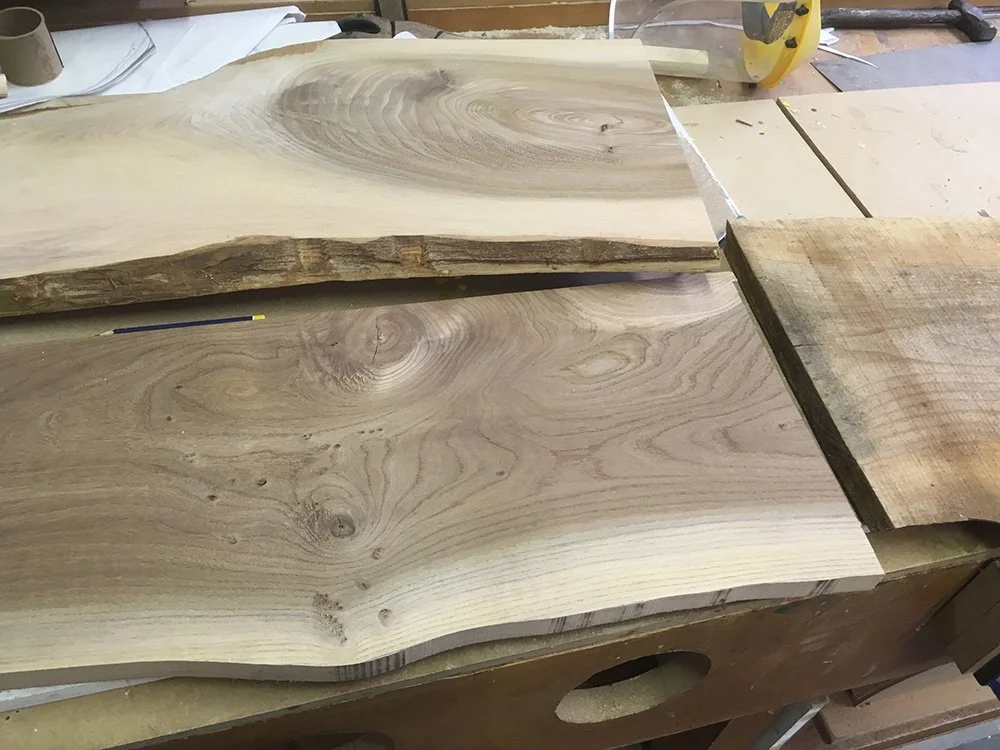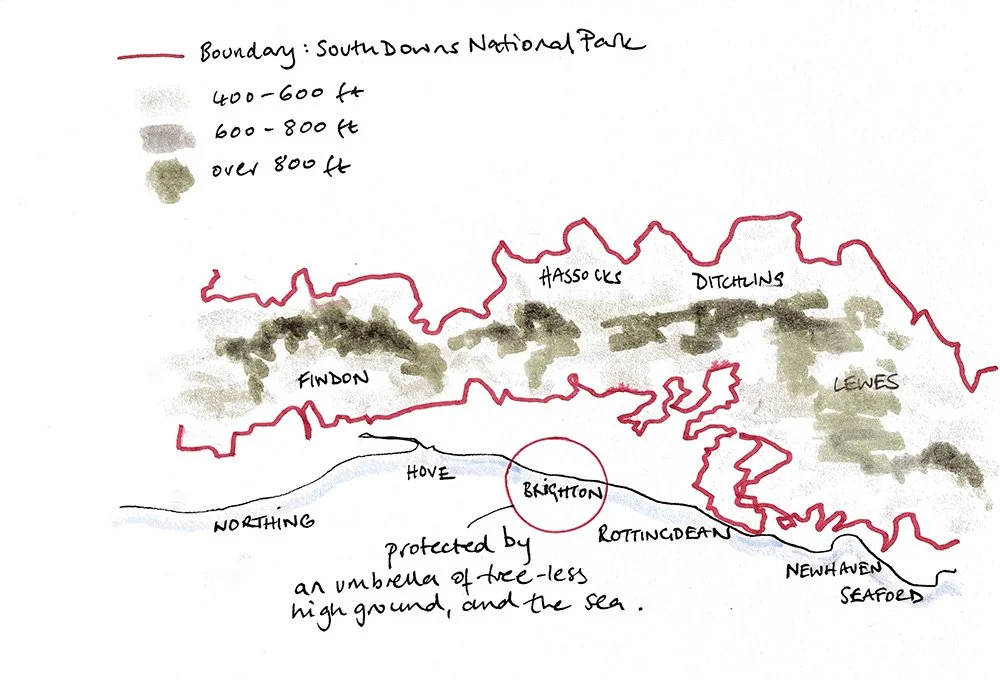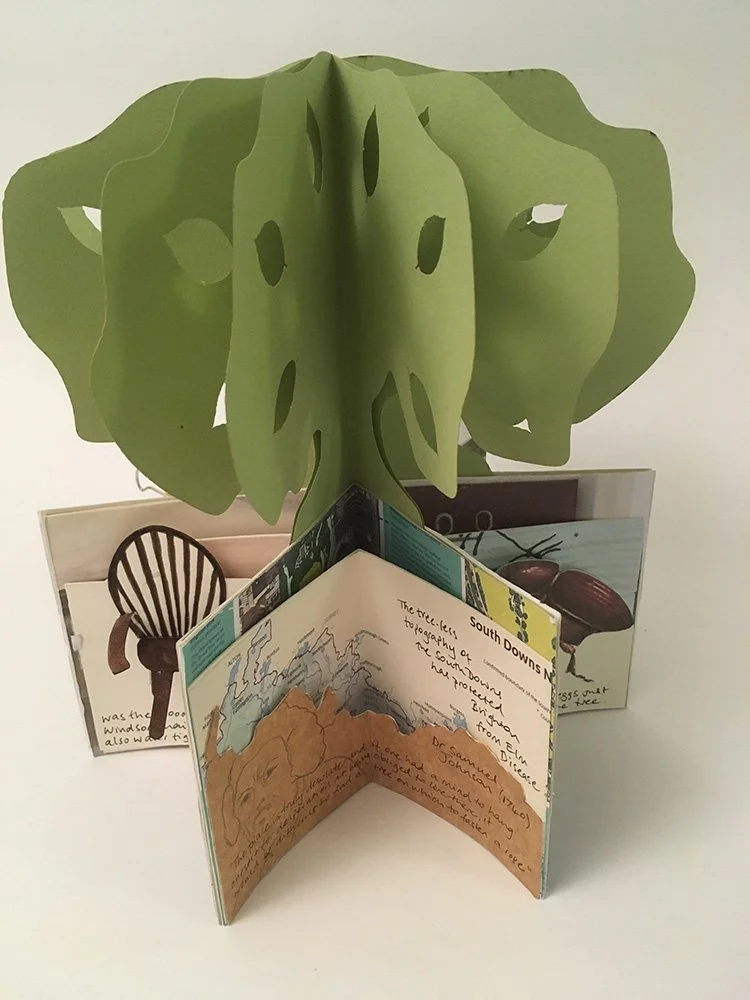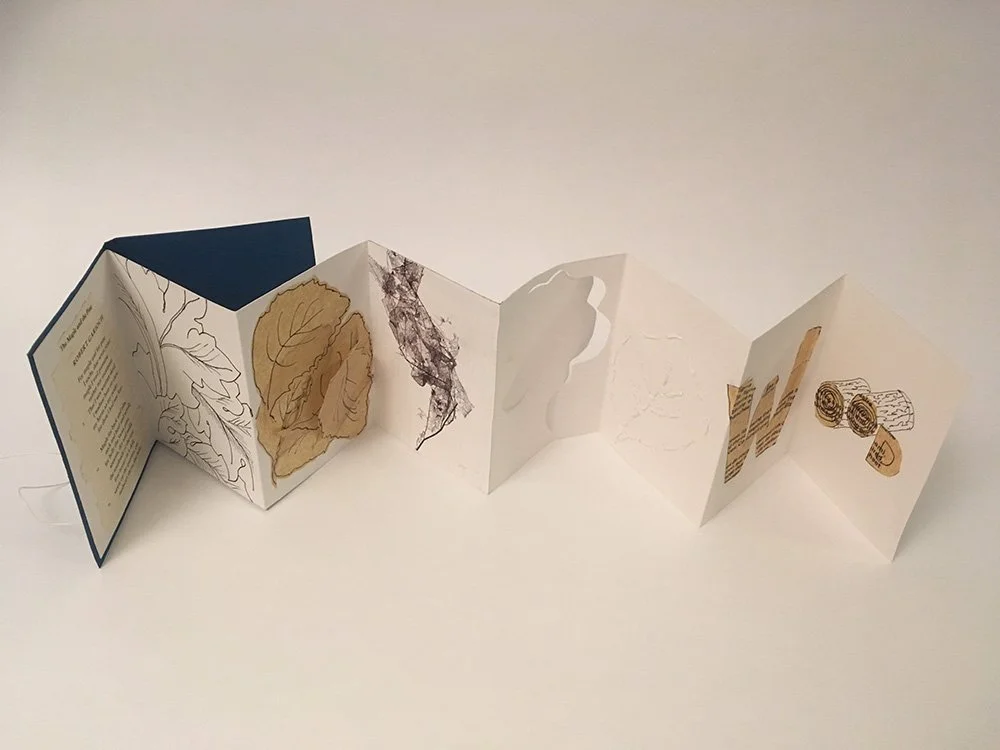Evading Extinction
The survival story of Brighton’s Elm trees
Elm was devastated in Britain in the 1960’s, ravaged by Dutch Elm disease. Nearly 30 million trees were lost. Amazingly, due to a natural ‘protective barrier’ granted by the tree-less topography of the South Downs, a small population around Brighton managed to survive. The Brighton Elms have since had to weather the ‘Great Storms’ of ’87 (900 trees were lost in Hove Park alone) and are now threatened by a new imported predator, the Zigzag Sawfly beetle. This bench was made to tell the story of the Brighton Elms, It was inspired as a response to the recent re-landscaping of Valley Gardens in Brighton, a place once rich in the trees. The wood for the bench was from a felled diseased elm and the engraved back was inspired by the markings made under the bark of the tree where the emerging larvae burrow channels. The natural curves of the seat were dictated by what remained useable of the wood, creating soft organic lines and a sense of the bench being eaten into.
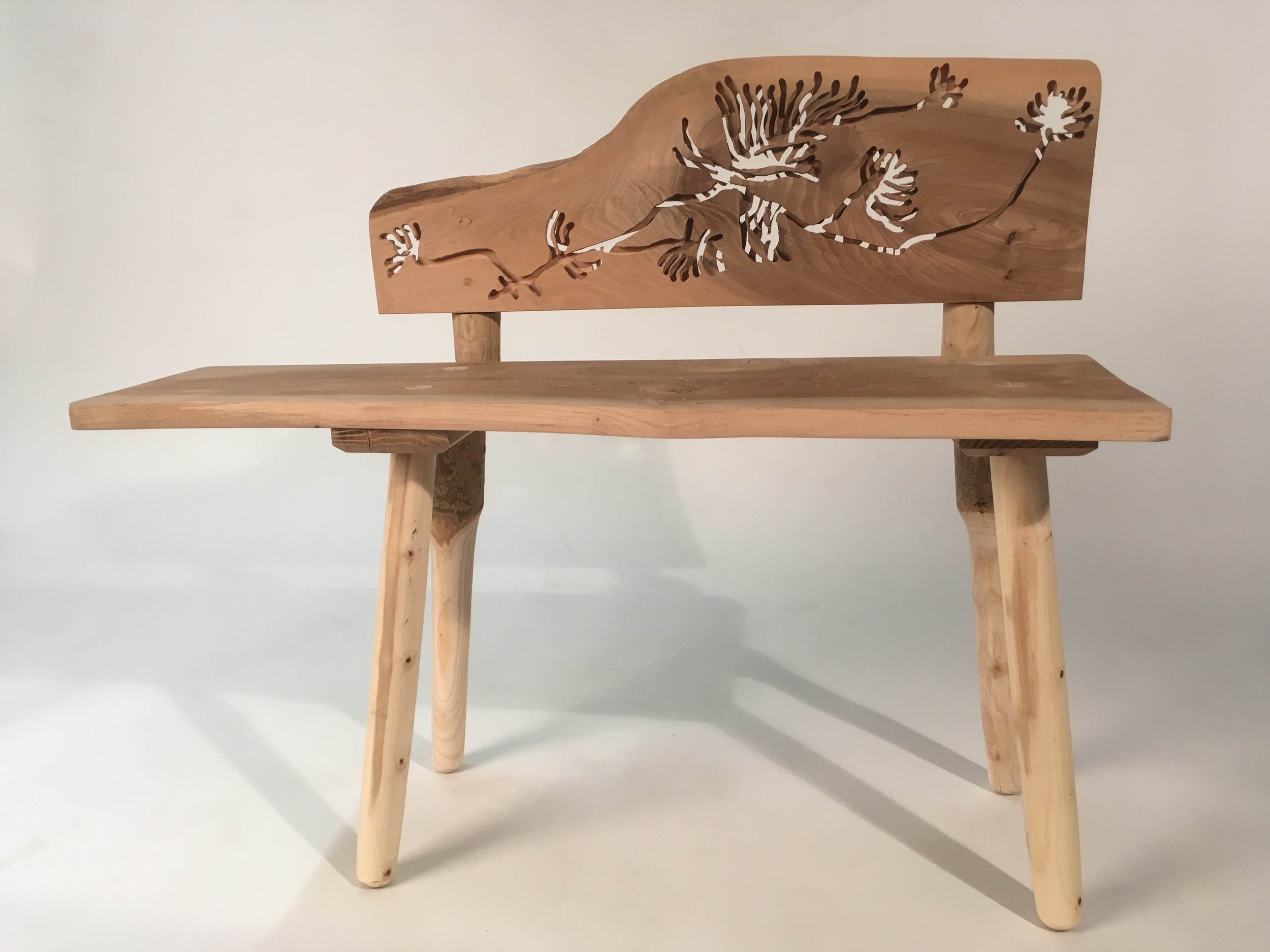
Elm bench - engraved back

Elm bench - partially lathed and wedged legs



